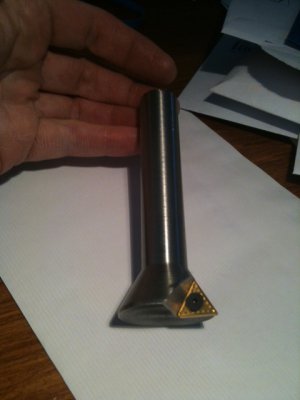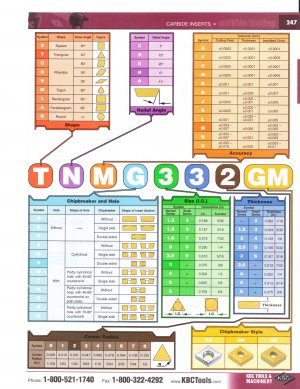Fwiw ..while at it , you can make slotting mills , ROUnd noes mills , taps , angle reamers, counter bores , what ever .....i still have a set of removable pilot c/bores i made 40 yrs gao ...# 4,6,8,10, 1/4 in .5/16 .3/8& 1/2 inch .
..but cheap china stuff is ruining my fun ...last 14 mm tap i made cause i remembered them costing so much years ago , took abt 2 hours ....looked in catalog ...on sale for $12 ...back to working for #5 /hour again
best wishes
doc
oh yeah , in another life i made a 6x48 die for some screws for colt 45 grips ....screws were a tad tight but still went ok ....did not knwow that that a ten thou oversize tap shud have been used ..i just used teh 6x48 ace tap that i had
never had formal instruction , & therefore made a lot of scrap , but the second time around ,they worked...i still keep a worthless bannana shaped reamer from quenching "flat "....never again
i mention this only to tell you that while a tool maker apprenticeship wud certainly be better , you CAN successfully come in the back door ...
..but cheap china stuff is ruining my fun ...last 14 mm tap i made cause i remembered them costing so much years ago , took abt 2 hours ....looked in catalog ...on sale for $12 ...back to working for #5 /hour again
best wishes
doc
oh yeah , in another life i made a 6x48 die for some screws for colt 45 grips ....screws were a tad tight but still went ok ....did not knwow that that a ten thou oversize tap shud have been used ..i just used teh 6x48 ace tap that i had
never had formal instruction , & therefore made a lot of scrap , but the second time around ,they worked...i still keep a worthless bannana shaped reamer from quenching "flat "....never again
i mention this only to tell you that while a tool maker apprenticeship wud certainly be better , you CAN successfully come in the back door ...



